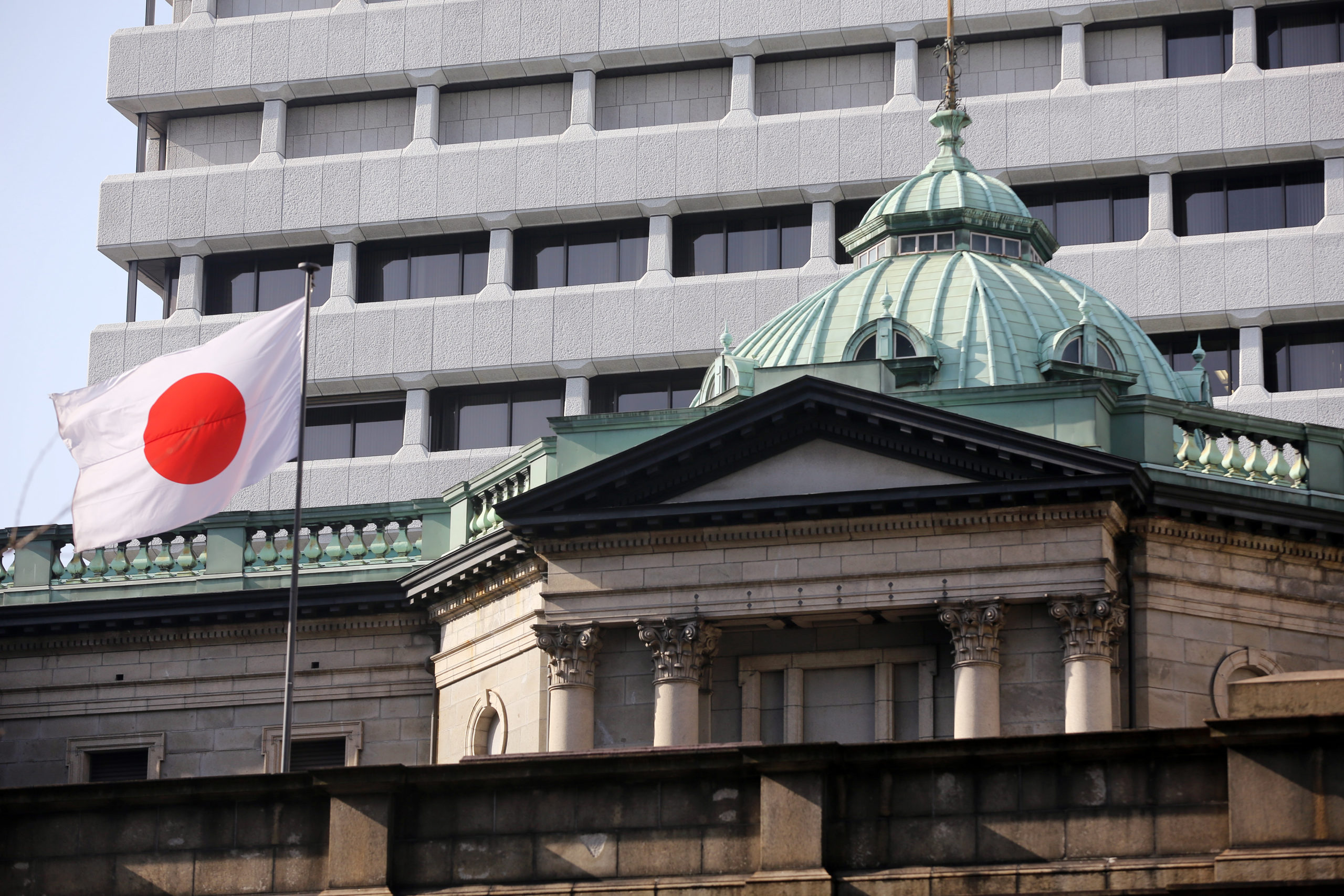

Japan’s government bond market saw trading volume dwindle to a nearly two-decade low in May, dashing central bank hopes that a clarification of its policy intentions in March would revitalise a market made dormant by its huge presence.
Source: Reuters
In a policy review in March to address the side-effects of prolonged monetary easing, the Bank of Japan (BOJ) clarified that it would allow 10-year yields to move 50 basis points around its 0% target.
The central bank also trimmed bond buying in market operations in the hope a hands-off approach would prod investors to trade bonds more freely.
But trading volume for newly issued 10-year Japanese government bonds (JGB) stood at 339 billion yen ($3.10 billion) in May, according to Refinitiv data, marking the lowest level on a monthly basis since May 2002.
“Markets believe the BOJ won’t be able to head either toward a tightening or an easing of monetary policy,” Koichi Sugisaki, a strategist at Morgan Stanley MUFG Securities, said on why JGB markets were not moving.
Unlike in the United States and Europe, where inflation is ticking up, Japan’s consumer prices have slipped in recent months as a slow vaccine rollout and a resurgence in COVID-19 infections cool spending and economic growth.
That has reinforced market expectations the BOJ will maintain ultra-loose policy longer than other central banks to achieve its elusive 2% inflation target.
Under yield curve control, the BOJ guides short-term rates at -0.1% and 10-year yields around 0%. It also buys huge sums of JGBs and risky assets to flood markets with cash.
The BOJ is sandwiched between the need to keep rates low to support the economy, and mitigate the side-effects of prolonged easing such as dwindling liquidity in the bond market.
Policymakers are clinging to hope yields will start moving more if external factors, such as prospects of policy normalisation by the U.S. Federal Reserve, boost market trading.


